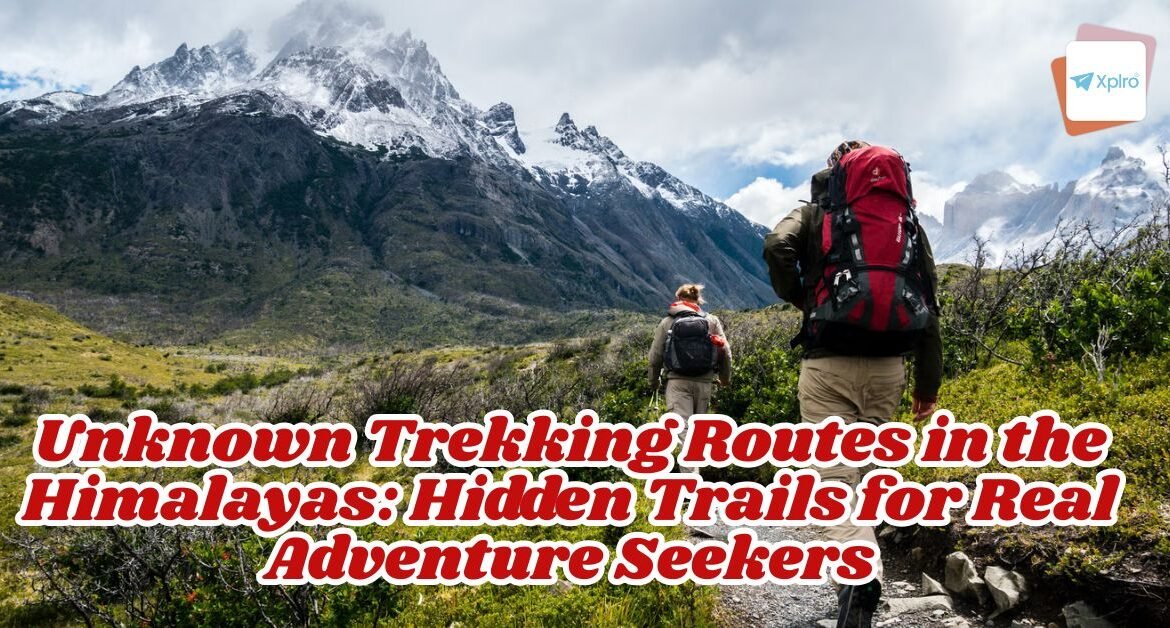Looking for an offbeat adventure away from crowded trekking routes? Discover the unknown trekking routes in the Himalayas, where nature remains untouched and every trail tells a new story. From secret valleys in Himachal to unexplored ridges in Uttarakhand and Sikkim, these hidden Himalayan trails promise solitude, breathtaking views, and pure wilderness. Perfect for real adventure seekers, these offbeat treks take you through remote villages, ancient monasteries, and pristine alpine meadows untouched by tourism. Whether you’re an experienced trekker or a nature enthusiast seeking something new, this guide reveals the most underrated Himalayan treks that deserve a spot on your 2025 adventure list. Pack your bags—the Himalayas are calling beyond the usual routes!
Why Choose Hidden Himalayan Trails?
- Solitude and Serenity: Escape the crowds and experience nature in its purest form.
- Cultural Immersion: Interact with remote mountain communities untouched by mass tourism.
- Biodiversity: Discover rare flora and fauna in pristine ecosystems.
- Sustainability: Reduce environmental impact by avoiding over-trekked routes.
Top 7 Hidden Himalayan Treks for Adventure Seekers
1. Phoktey Dara Trek (Sikkim–West Bengal Border)
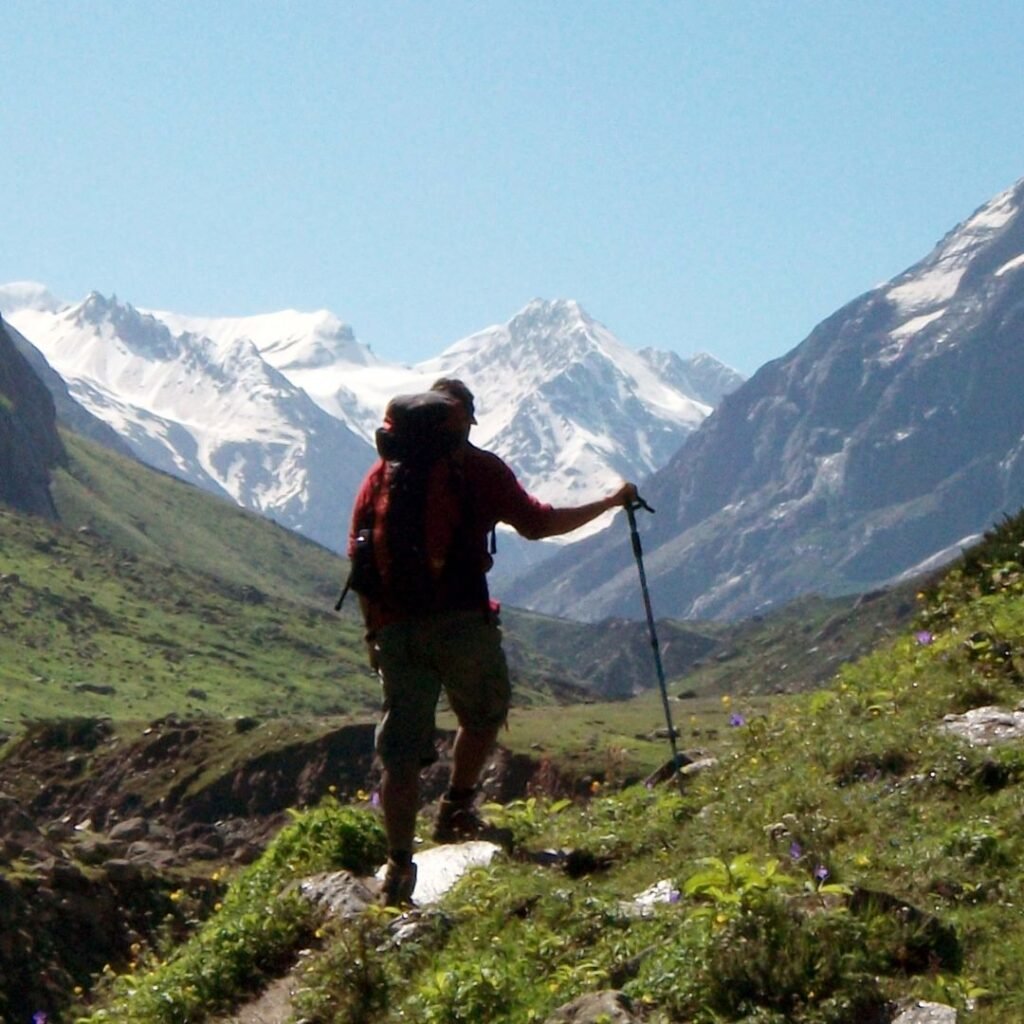
Nestled along the Singalila Ridge, the Phoktey Dara trek is a hidden gem offering panoramic views of four of the world’s highest peaks—Everest, Kanchenjunga, Lhotse, and Makalu. This moderate trek winds through vibrant rhododendron forests and remote hamlets, culminating in a breathtaking sunrise at Phoktey Dara. Ideal for nature lovers and photographers, it’s a serene alternative to the crowded Sandakphu trail.
- Region: Singalila Ridge
- Duration: 5–6 days
- Difficulty: Moderate
- Highlights: Panoramic views of Everest, Kanchenjunga, Lhotse, and Makalu; rhododendron forests; sunrise at Phoktey Dara.
2. Bara Bhangal Trek (Himachal Pradesh)
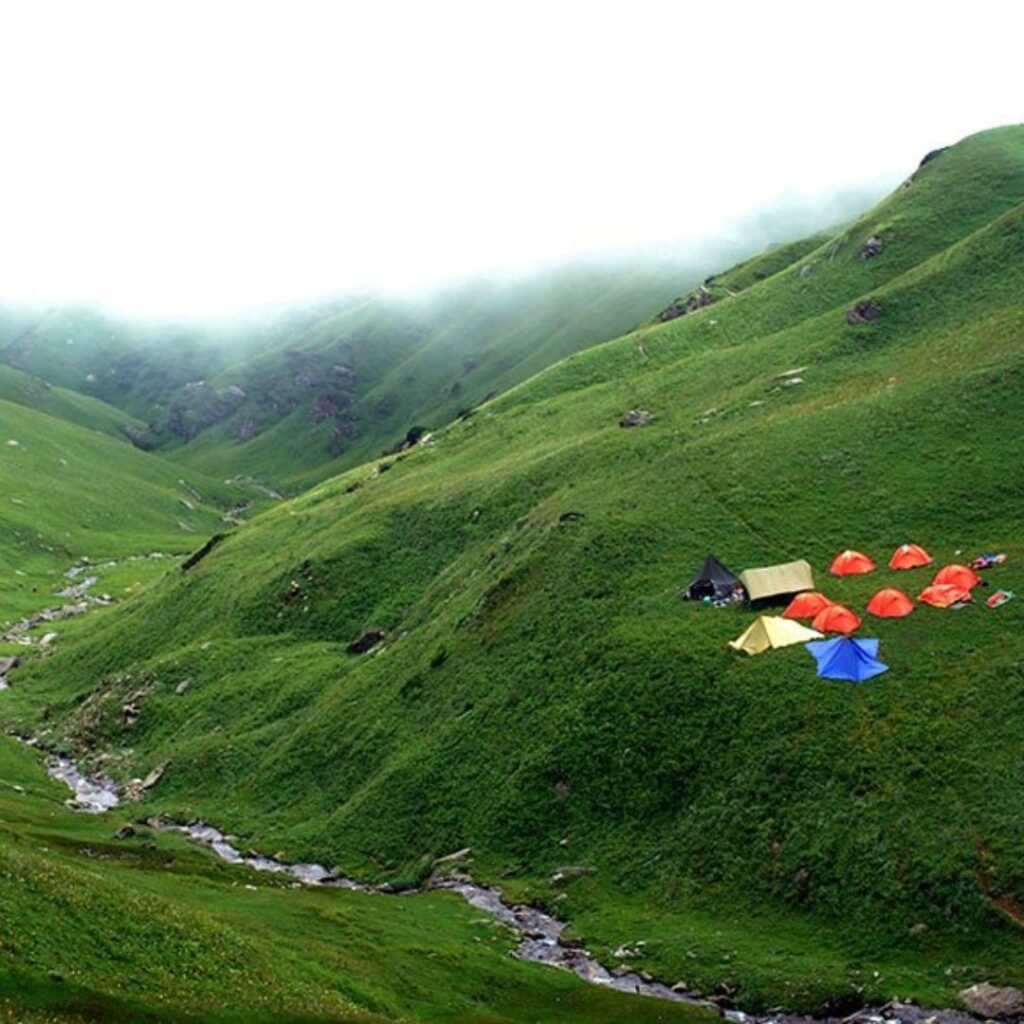
One of the most challenging and remote treks in Himachal, the Bara Bhangal route connects the lush Kullu Valley to the rugged Kangra region. Trekkers traverse high-altitude passes, glacial valleys, and isolated shepherd villages that remain cut off for months. With its raw terrain and cultural depth, this trek is perfect for seasoned adventurers seeking solitude and authenticity.
- Region: Kullu–Kangra Valley
- Duration: 12–15 days
- Difficulty: Challenging
- Highlights: Remote shepherd villages, high-altitude passes, glacial valleys.
3. Kugti Pass Trek (Himachal Pradesh)
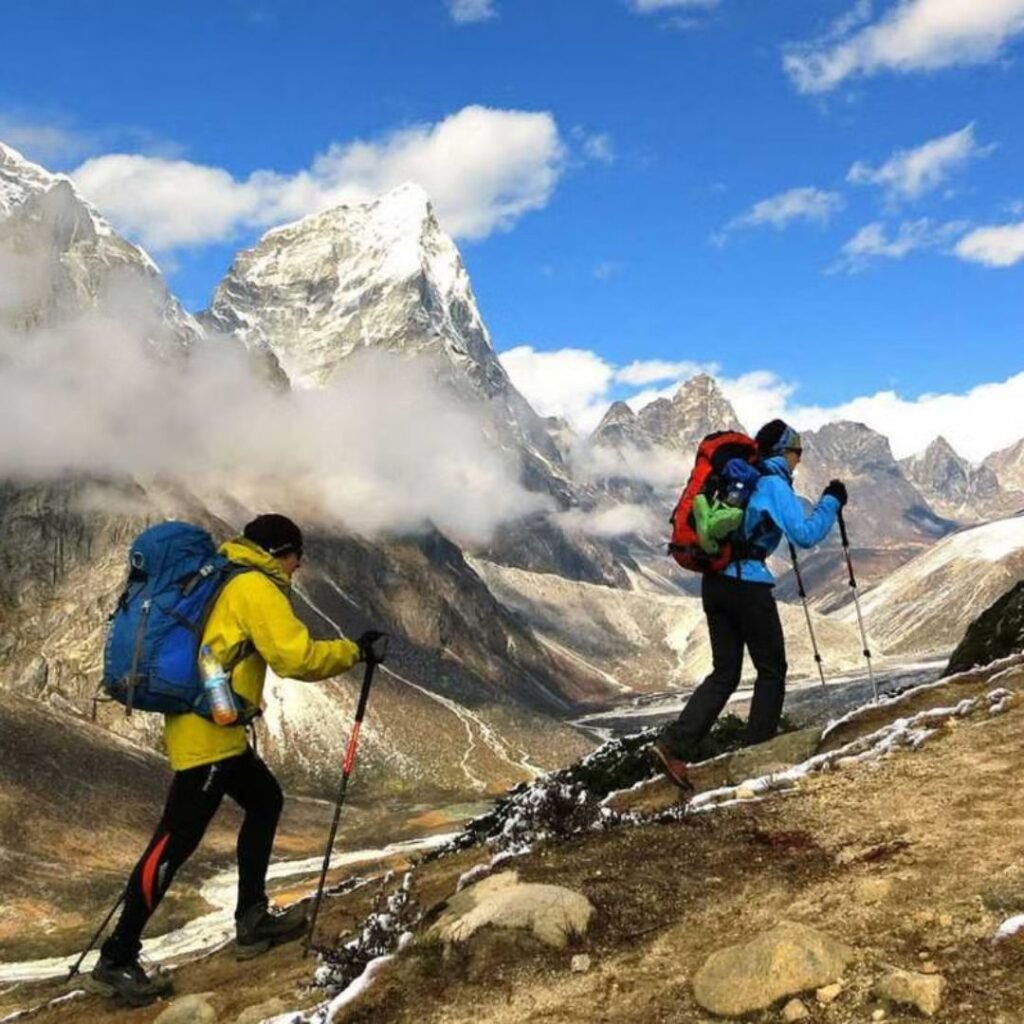
The Kugti Pass trek offers a dramatic transition from the green valleys of Chamba to the stark landscapes of Lahaul. Passing through the Kugti Wildlife Sanctuary, trekkers encounter alpine meadows, ancient temples, and rare Himalayan fauna. The route is steeped in mythology and biodiversity, making it a spiritual and ecological journey for those who dare to explore beyond the beaten path.
- Region: Chamba–Lahaul
- Duration: 7–9 days
- Difficulty: Moderate to Difficult
- Highlights: Kugti wildlife sanctuary, alpine meadows, ancient temples.
4. Borasu Pass Trek (Uttarakhand–Himachal Border)
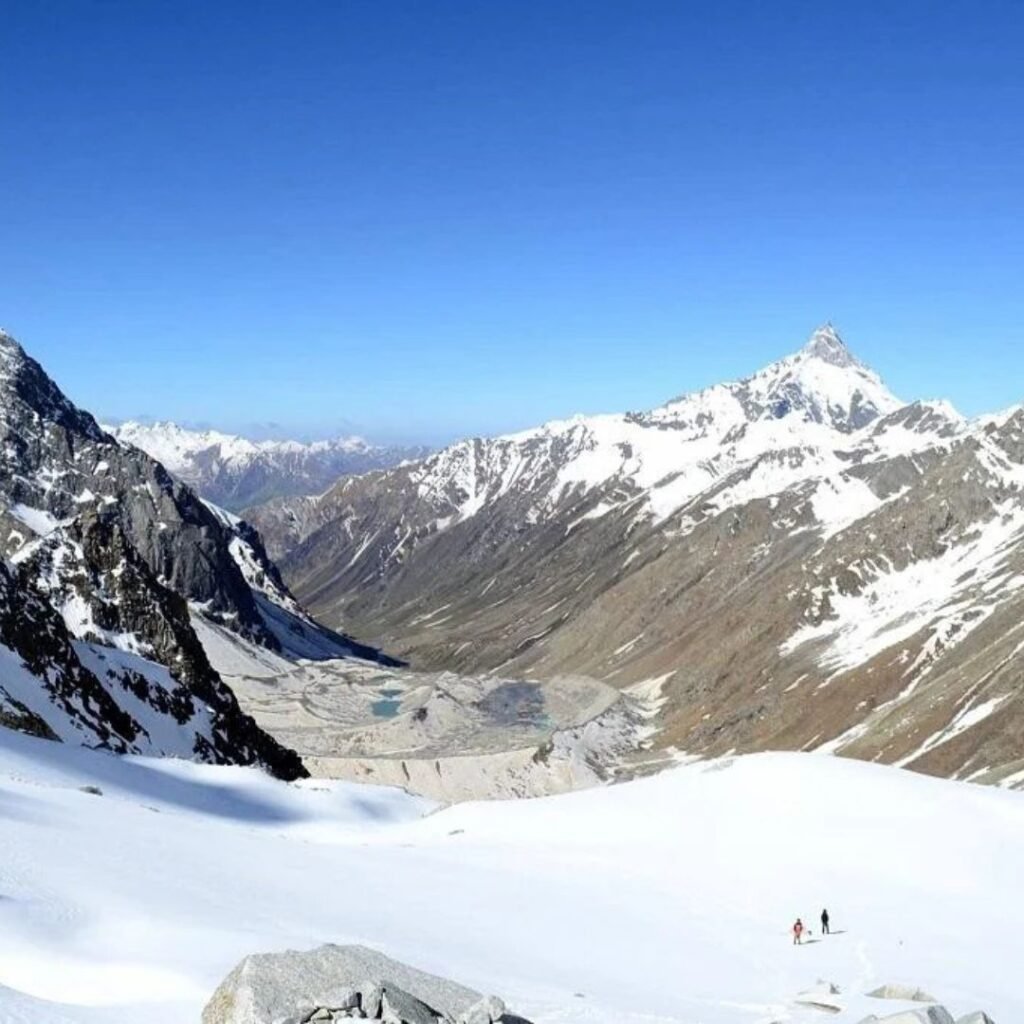
Connecting the Har Ki Dun Valley in Uttarakhand to the Baspa Valley in Himachal, the Borasu Pass trek is a thrilling high-altitude adventure. With glacial lakes, snowfields, and dramatic ridgelines, this trek challenges even experienced hikers. Its remote location and border-crossing nature add a layer of excitement and exclusivity to the experience.
- Region: Har Ki Dun Valley
- Duration: 7–8 days
- Difficulty: Difficult
- Highlights: Glacial lakes, border crossing between states, untouched valleys.
5. Goecha La via Dzongri (Sikkim)
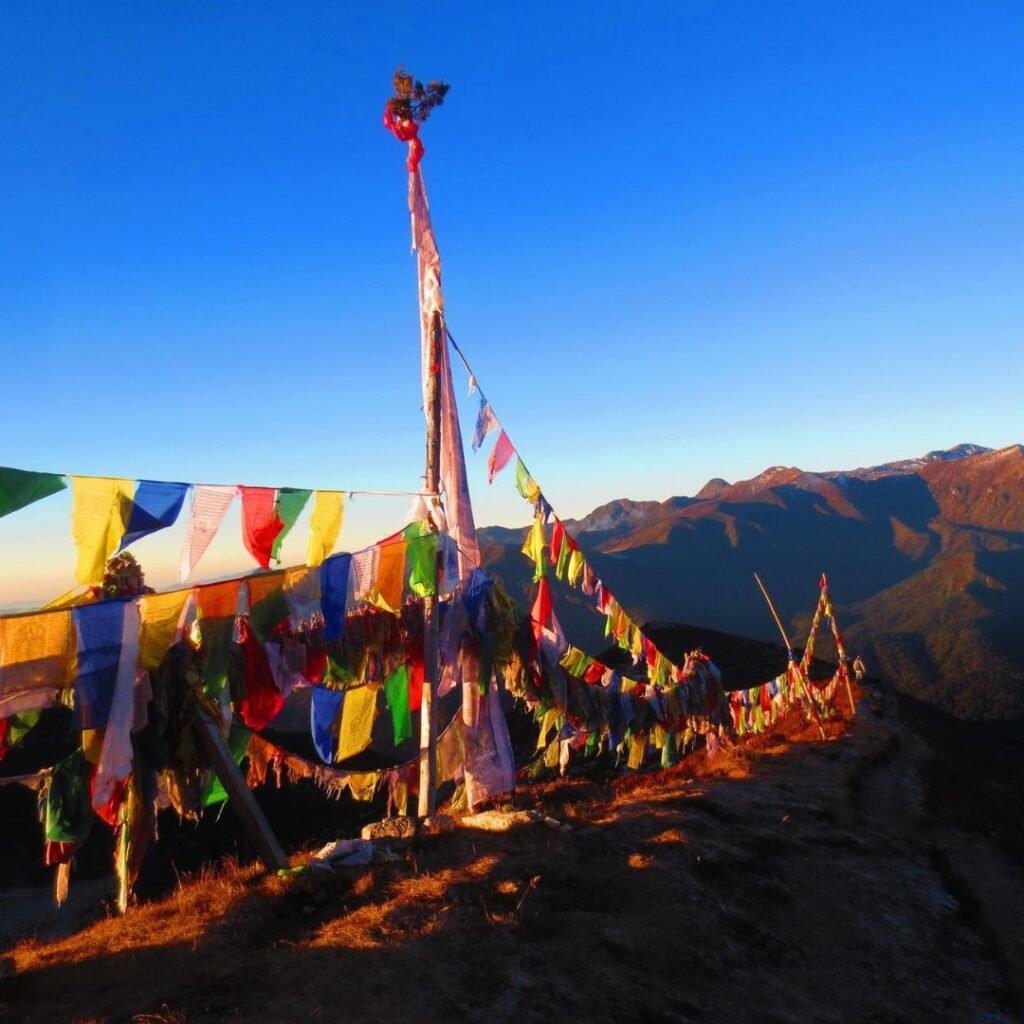
A spiritual and scenic journey, the Goecha La trek via Dzongri offers close-up views of the majestic Kanchenjunga. The trail meanders through dense forests, alpine lakes, and traditional Buddhist villages, blending natural beauty with cultural richness. It’s a moderate trek that rewards with stunning vistas and a deep sense of Himalayan mystique.
- Region: West Sikkim
- Duration: 8–10 days
- Difficulty: Moderate
- Highlights: Close-up views of Kanchenjunga, alpine lakes, Buddhist monasteries.
6. Mechuka Trek (Arunachal Pradesh)
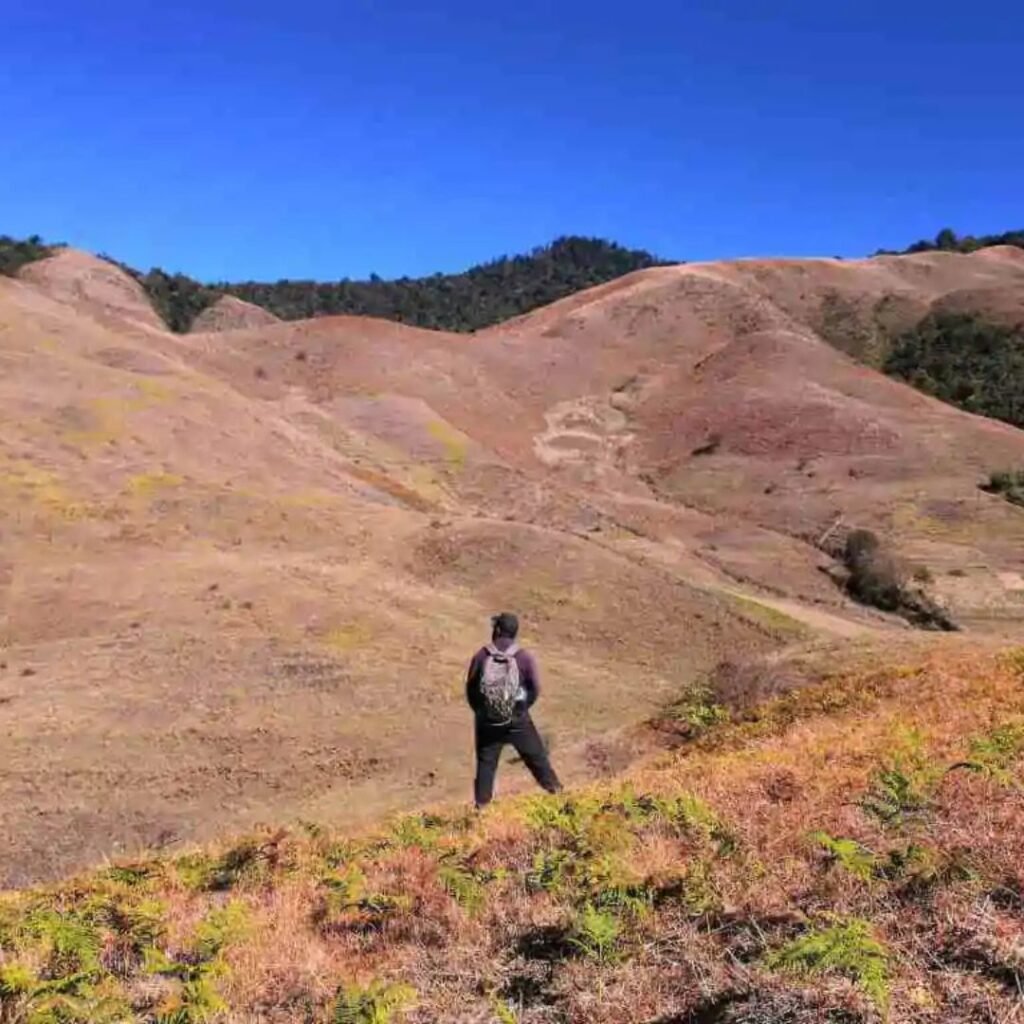
Tucked away in the far reaches of Arunachal Pradesh, the Mechuka trek is a cultural odyssey through tribal lands, bamboo forests, and river valleys. Known for its untouched beauty and warm hospitality, Mechuka offers a unique blend of adventure and anthropology. It’s a perfect choice for trekkers seeking offbeat trails and immersive experiences.
- Region: West Siang
- Duration: 6–7 days
- Difficulty: Moderate
- Highlights: Tribal culture, bamboo forests, river crossings.
7. Kalindi Khal Trek (Uttarakhand)
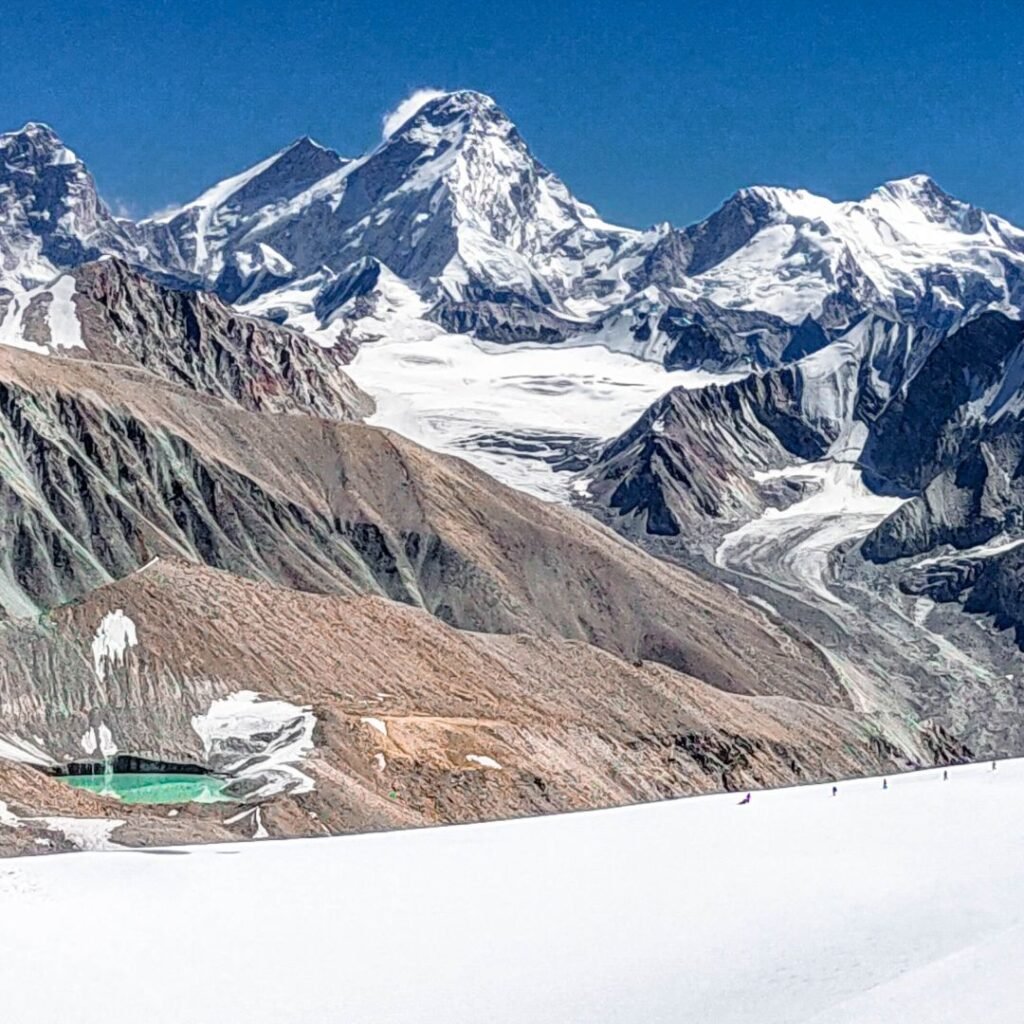
The Kalindi Khal trek is one of the most extreme and spiritually significant routes in the Indian Himalayas. Connecting Gangotri to Badrinath, it involves glacier crossings, crevasse navigation, and camping at altitudes above 5,000 meters. Reserved for expert trekkers, this route offers unparalleled views and a profound connection to the sacred geography of Uttarakhand.
- Region: Gangotri–Badrinath
- Duration: 12–15 days
- Difficulty: Very Difficult
- Highlights: High-altitude glacier crossings, spiritual significance, extreme adventure.
Comparison Table: Hidden Himalayan Treks at a Glance
| Trek Name | Region | Duration | Difficulty | Key Highlights |
|---|---|---|---|---|
| Phoktey Dara | Sikkim–West Bengal | 5–6 days | Moderate | 4 Himalayan peaks, rhododendrons, sunrise view |
| Bara Bhangal | Himachal Pradesh | 12–15 days | Challenging | Remote villages, glaciers, high passes |
| Kugti Pass | Himachal Pradesh | 7–9 days | Moderate–Difficult | Wildlife sanctuary, temples, meadows |
| Borasu Pass | Uttarakhand–Himachal | 7–8 days | Difficult | Glacial lakes, border trek |
| Goecha La via Dzongri | Sikkim | 8–10 days | Moderate | Kanchenjunga views, monasteries |
| Mechuka | Arunachal Pradesh | 6–7 days | Moderate | Tribal culture, bamboo forests |
| Kalindi Khal | Uttarakhand | 12–15 days | Very Difficult | Glacier crossings, spiritual route |
Planning Your Hidden Himalayan Adventure
Best Time to Trek – Unknown Trekking Routes in the Himalayas
- Spring (April–June): Rhododendrons, clear skies.
- Autumn (September–November): Crisp air, post-monsoon greenery.
Permits and Regulations
- Sikkim & Arunachal Pradesh: Require Inner Line Permits (ILP).
- Eco-sensitive zones: Follow Leave No Trace principles.
Gear Essentials
- High-altitude boots
- Layered clothing
- Water purification tablets
- GPS or offline maps
- First aid kit
Sustainable Trekking Tips
- Avoid plastic: Carry reusable bottles and containers.
- Support locals: Hire local guides and stay in homestays.
- Respect culture: Learn basic greetings and customs.
- Pack out waste: Leave trails cleaner than you found them.
The Spiritual Side of Hidden Trails
Many of these treks pass through sacred landscapes—ancient temples, meditation caves, and pilgrimage routes. Trekking here is not just physical but deeply spiritual, offering introspection and connection with nature.
Conclusion
For true adventure seekers, the Himalayas offer far more than postcard-perfect views and popular trails. The hidden trekking routes explored in this guide—ranging from the spiritual Kalindi Khal to the tribal heartland of Mechuka—are gateways to raw nature, cultural depth, and personal transformation. These lesser-known paths promise solitude, sustainability, and a deeper connection to the mountains.
Whether you’re a seasoned trekker or a curious explorer, venturing off the beaten path means embracing the unknown—and that’s where the real magic begins. So pack your gear, respect the land, and let these hidden Himalayan trails lead you to stories that few have lived to tell.
Ready to trek beyond the map? The Himalayas are calling.
FAQs
1. What are the best unknown trekking routes in the Himalayas?
- Hidden Himalayan treks like Phoktey Dara, Bara Bhangal, Kugti Pass, Borasu Pass, Mechuka, Goecha La via Dzongri, and Kalindi Khal offer solitude, scenic beauty, and cultural immersion away from crowded trails.
2. Which Himalayan trek offers views of Everest and Kanchenjunga?
- The Phoktey Dara trek on the Sikkim–West Bengal border provides stunning sunrise views of Everest, Kanchenjunga, Lhotse, and Makalu.
3. Is Bara Bhangal trek suitable for beginners?
- No, Bara Bhangal is a challenging trek meant for experienced trekkers due to its remote terrain and high-altitude passes.
4. Do I need permits for hidden treks in Sikkim and Arunachal Pradesh?
- Yes, Inner Line Permits (ILP) are mandatory for treks in Sikkim and Arunachal Pradesh. Apply online or through registered tour operators.
5. What is the best time to explore unknown Himalayan treks?
- Spring (April–June) and autumn (September–November) offer the best weather, clear skies, and blooming landscapes for trekking.
6. How difficult is the Kalindi Khal trek?
- Kalindi Khal is one of the most difficult treks in India, involving glacier crossings and altitudes above 5,000 meters. It’s recommended only for expert trekkers.
7. Are guides necessary for hidden Himalayan treks?
- Yes, hiring local guides is essential for safety, navigation, and cultural understanding, especially on remote or border-crossing routes.
8. What gear is essential for high-altitude Himalayan treks?
- Must-haves include layered clothing, trekking boots, sleeping bags, water purification tablets, GPS devices, and a first aid kit.
9. Which trek is best for cultural immersion?
- The Mechuka trek in Arunachal Pradesh offers deep cultural experiences with tribal communities and untouched landscapes.
10. Can I camp during these treks?
- Yes, most hidden Himalayan treks allow camping. Ensure you follow eco-friendly practices and camp only in designated or safe areas.
11. What wildlife can I spot on the Kugti Pass trek?
- The Kugti Wildlife Sanctuary is home to Himalayan black bears, musk deer, and rare birds, making it a biodiversity hotspot.
12. Is Borasu Pass trek safe for solo trekkers?
- Due to its remote location and challenging terrain, Borasu Pass is not recommended for solo trekking. Always go with a group or guide.
13. How long is the Goecha La trek via Dzongri?
- The Goecha La trek typically takes 8–10 days, offering views of Kanchenjunga and stops at Buddhist monasteries and alpine lakes.
14. Are these treks suitable for photography?
- Absolutely. Hidden Himalayan treks offer untouched landscapes, dramatic skies, and cultural subjects perfect for nature and travel photography.
15. What is the cost of trekking these hidden routes?
- Costs range from ₹15,000 to ₹60,000 depending on duration, region, permits, guide fees, and logistics.
16. How can I prepare physically for high-altitude treks?
- Train with cardio, strength exercises, and altitude acclimatization hikes. Practice carrying a loaded backpack and walking on uneven terrain.
17. Are there any spiritual treks among these?
- Yes, Kalindi Khal and Kugti Pass are spiritually significant, passing through sacred sites and pilgrimage routes in Uttarakhand and Himachal.
18. What are the risks of hidden Himalayan treks?
- Risks include altitude sickness, weather changes, navigation errors, and lack of rescue infrastructure. Preparation and guidance are key.
19. How can I make my trek eco-friendly?
- Use reusable gear, avoid plastic, pack out waste, support local homestays, and follow Leave No Trace principles.
20. Can I document my trek for a travel blog?
- Yes! Use long-tail keywords, optimize images, add schema markup, and include FAQs to boost your blog’s SEO and Google ranking.




